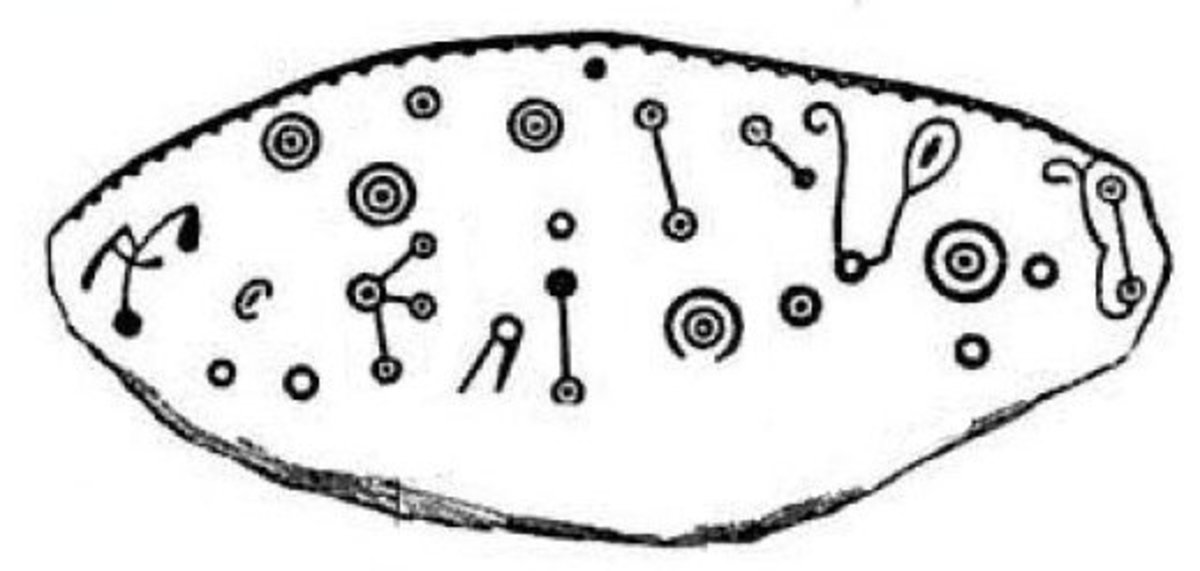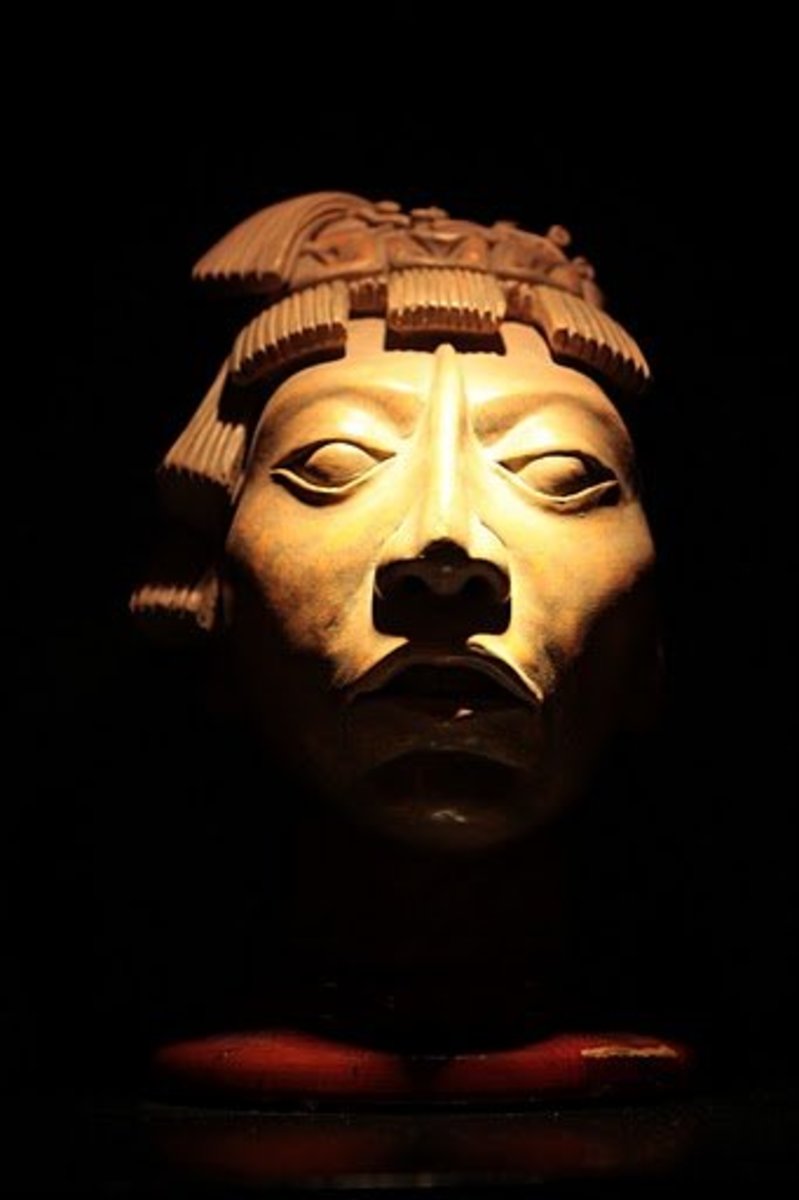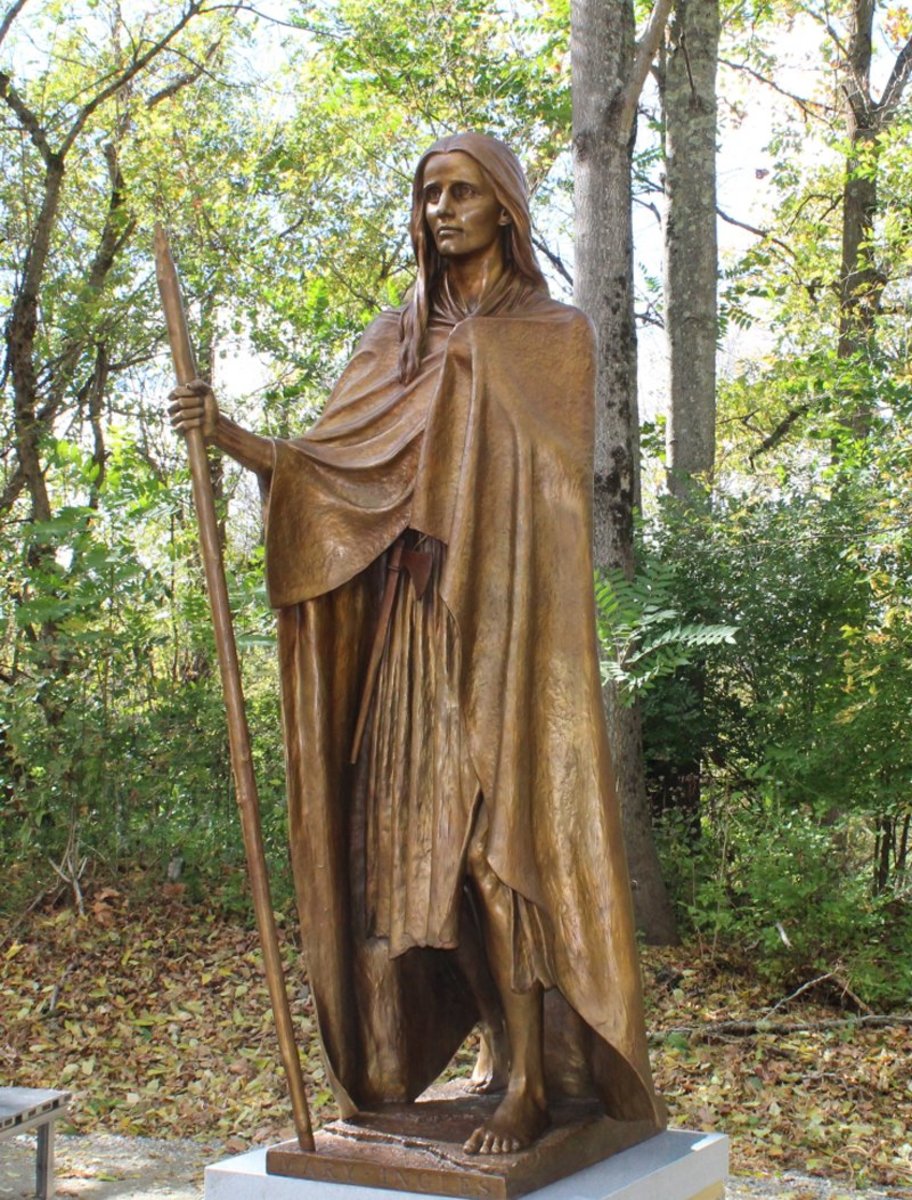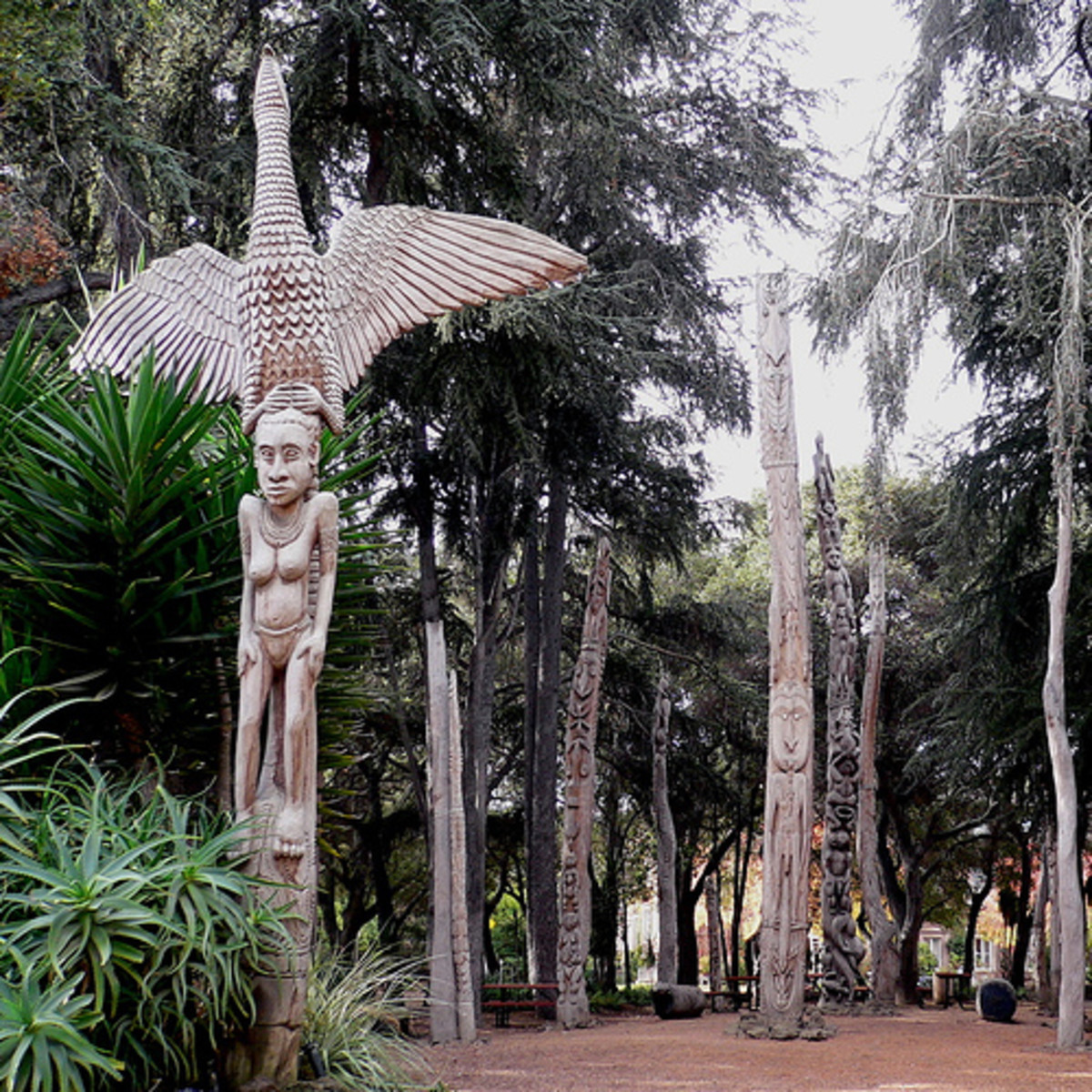- HubPages»
- Education and Science»
- History & Archaeology»
- History of the Americas
The Ancient Mayan Calendar - How did the Maya People Count the Days?
Mayan Art
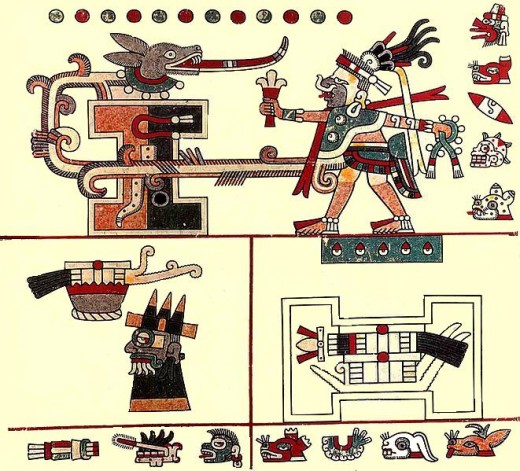
Counting Days for the Mayan People
There are so many dates found on different Mayan stelae, and more seems to be found even in recent years. It was to the degree that at one point, scholars thought the Mayans maybe worshiped time itself. They have found that to not be the case however. The more I learn about how archaeologists read the ancient texts that we are fortunate to have access to at all, the more I am amazed. Stelae continue to tell us a lot, and those intricately carved stones and pillars are beautiful works alone.
One of the best ways to understand more about the Mayan Calendar, is to know how the Maya counted their days. It is rather different from the ways in which we count our own days. Why they counted their days the way they did, is a topic all its own.
Many scholars don't agree on what the reasons were for the Mesoamericans to be fixed on a 260 day cycle of time measurement. There are some theories that include being based on the observations of the movement of Venus and the Sun. There is a gap of time that somewhat corresponds to when they saw Venus as the evening star, to when it emerges as the morning star. So the 260 days could have been based on something like that. The Sun has an annual southward movement, then 260 days until it returns North when viewed from where many of the Maya were. In the latitude close to the Copan, this is the case for example.
We do know the maya were close watchers of the celestial movements. We are told the likely may have planted according to such things, as well as harvesting their crops. It may have even started that way, and over the centuries it could have turned into something rather hallowed to the Maya. They seemed to tie it all into a divine rhythm, with fertility being an underlying or key component.
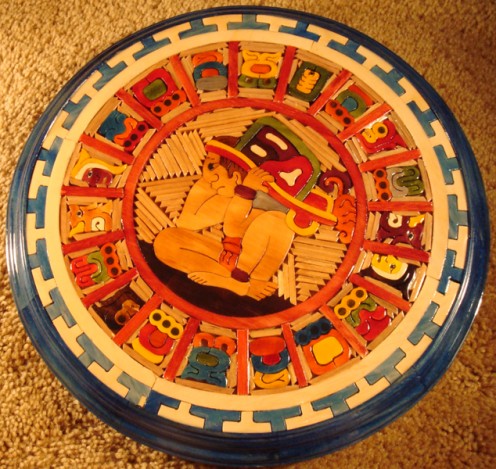
Human Rhythms are important to the Maya
Human life rhythms are thought to be a possible component as well. In fact, most modern scholars lean toward that as being the cause for the 260 day cycle observed by the Maya. We mean the cycle of life, including things like how midwives counted from a last menstrual cycle for a woman in their prediction of when a baby would be born. This is still true even today in the in the mountain regions of Southern Guatemala. So this 260 day calendar has proven to be an invention that is long lived, as it is still used by some even today. This calendar is also used by the inhabitants of Quiche. They live in the tropical mountain areas in southern Guatemala.
El Tajin, Mexico

Older Picture of El Tajin
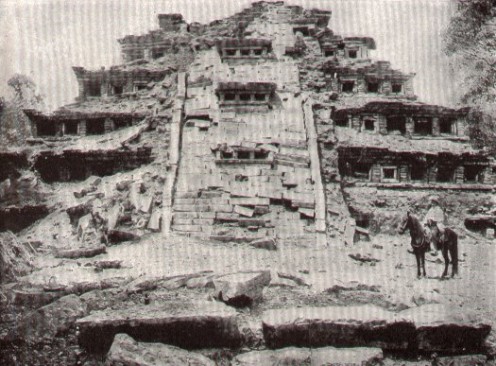
The Maya Long Count, What is it?
The Mayan long count is a unique way of counting days, as we see recorded on stelae, from a particular point in time. So we see the Maya not using only both the 260 day calendar and the similar 365 day calendar, but the Mayan Long count as well. This "long count" was a system refined by the Maya. It was used in many parts of Mesoamerica, especially around the first millennium BC. During the time period known as the Classic period, which dated between 250 - 900 AD the Maya used this system to put dates on Monuments. You can find amazing examples of this at places like El Tajin, Mexico. There is the Pyramid of the Niches there that has 365 niches which is spectacular! Supposedly each niche represented one day of the solar year.
The Maya used the Long Count to record all kinds of things, like births, deaths, and there is a lot of recordings for royalty. You could find out when royalty first came into their role, and it recorded anniversaries were marked, etc. There were recordings of things like major triumphs in battles, and of ritual sacrifices and more.
Basically, the Long Count counts forward from a zero date. For the Maya, this was 4 Ahua 8 Cumku. To understand that better, it is the equivalent for us of August 11, 3114 BC in the Gregorian Calendar. Its fascinating to understand exactly how it works. They counted the days in units of 20, and their year was 360 days. There were five units and I will explain those in more detail below.
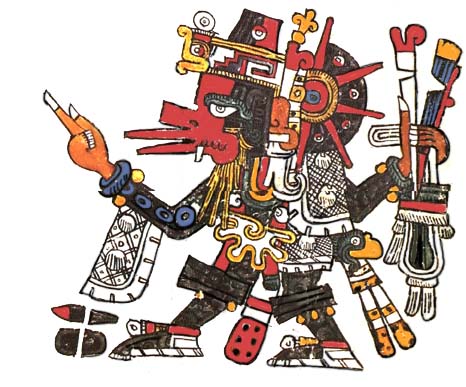
What were the 5 units in the Mayan Long Count?
You might see a date recorded by the Mayan people that looks something like 2.2.3.2.1, for example. How are we to understand that date exactly? There are 5 units of time from the zero date of 4 Ahua 8 Cumku shown there. These 5 units are as follows, and their actual amounts of time shown:
Baktun = 144,000 days (the first number above in that list of 5, would be two of these Baktun)
Katun = 7,200 days (the second number, and so on)
Tun = 360 days
Uinal = 20 days
Kin = 1 day
So the date of 2.2.3.2.1 would be recording 2 Baktuns, 2 Katuns, 3 Tuns, 2 Uinals, and one Kin. Adding up those days gives us the date from the zero point, being 303,521 days to record something important. That is just an example, and now I am wondering if there was anything special that happened 303,521 days after August 11, 3114 BC.
Dates like 2.2.3.2.1 would be carved into a Calendar Round in a particular position. These calendars were a combination of the tzolkin and the haab calendar. Its been enlightening for the world to find out what the Maya were trying to communicate as more breakthroughs in understanding hieroglyphics have been made.
Generally speaking, the long count date is carved just once on a stela. In the tzolkin calendar, you would see other things recorded such as more details about a king.
You can find information about the moon also carved on some stelae. You may find some scholars referring to dates as the Initial Series, or the Lunar Series on the stelae.
Some things to look for if you want to find out more about these things include, The 20 Maya Day Names, The Glyphs for the 19 Maya Months, The Mixtec Codex, and El Tajin Mexico (Pyramid of the Niches).



